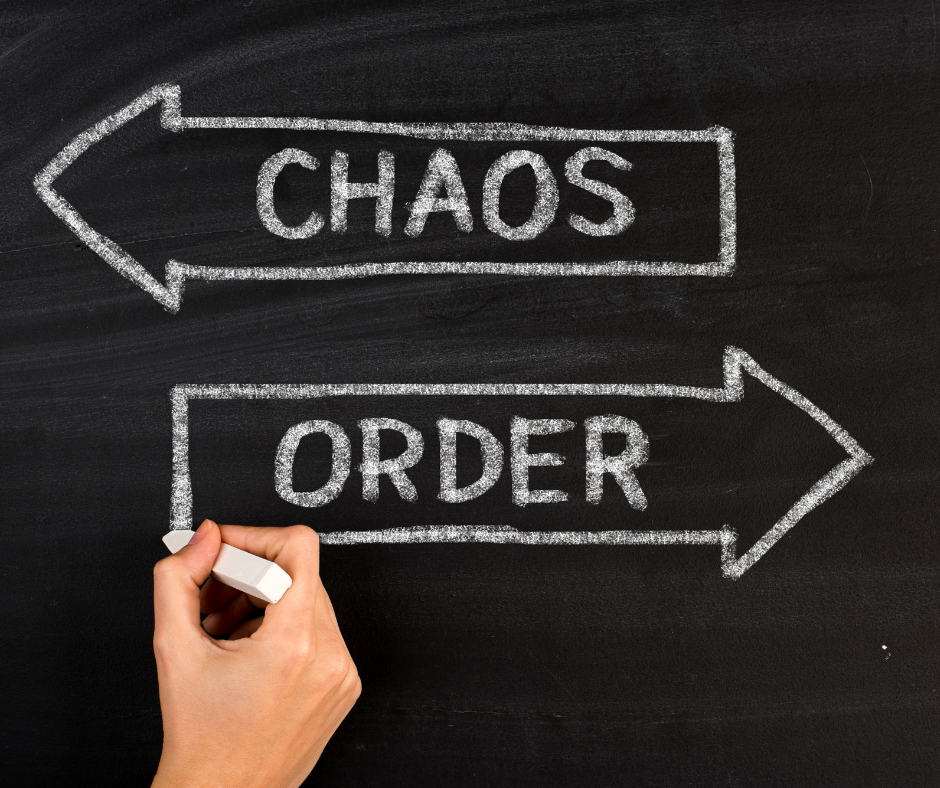Why You Need a Death (or "In case Of") Folder!
- Selina Trigg

- Sep 1
- 3 min read

There’s a folder in my hall cupboard that I will probably never personally use — but one day, it will be incredibly useful for someone else. I recommend every adult has one of these.
It’s my “Death Folder” — or, as I sometimes call it, my “In Case Of” Folder. Inside is all the important, practical information my loved ones will need if I die or if I ever become unable to manage my finances or make decisions for myself.
Why I Created Mine
I set my death folder up after my dad passed away. In the days and weeks after his death, I found myself scrambling to answer simple but important questions:
Did he have insurance?
Who did he bank with?
Who supplied his power and phone services?
How did we access details for his friends and other contacts?
The answers were nowhere obvious. Dad’s “filing system” consisted of throwing random pieces of paper into unlikely places — drawers, cupboards, and even his car glovebox.
Trying to find these details while grieving was stressful, frustrating, and exhausting - an experience that I decided I wanted to avoid putting my loved ones through.
A Death Folder Isn't Morbid!
I know this sounds a little morbid, but having a Death Folder is actually one of the kindest, most practical gifts you can give your loved ones.
Here’s why it matters:
It makes life easier for your loved ones.
Losing someone is hard enough without having to dig through drawers, emails, and boxes to find essential documents. A Death Folder keeps everything in one place, saving your family stress, confusion, and time.
it ensures nothing important gets missed.
Bank accounts, insurance policies, KiwiSaver, property documents, passwords — there’s a lot people don’t think about until they have to. Your folder makes sure nothing critical slips through the cracks.
It helps avoid delays and disputes
Clear, organised documentation reduces misunderstandings and minimises the chance of family conflicts over what you owned, owed, or intended. It can also save your estate money if you have professional executors who charge for seeking out all the information.
It's not just for if you die.
If illness or injury ever leaves you unable to manage your affairs, your loved ones will have everything they need to step in seamlessly.
It gives you peace of mind.
Knowing you’ve left clear instructions and organised details takes a huge weight off your shoulders — for you now, and for your family later.
So How do You Create Your Own Death Folder?
Here are my tips for getting started on your death folder...
Step 1 - Choose a Format - I prefer a physical folder because it’s visible, easy to access, and doesn’t require anyone to crack into my computer or passwords.If you choose to go digital, make sure at least one trusted person knows how to access it.
Step 2 - Label it Clearly - Use a big, bright label so there’s no confusion about what this is.
Step 3 - Fill it with the Essentials - Here are the filing tabs I use in mine:
“Me” Documents – Birth certificate, IRD number, passport, driver’s licence.
Contacts List – People you want notified when you die, the executors of your will, the people who hold power of attorney for you, and key professionals (lawyer, accountant, insurance broker, bank, business partners).
Will & Enduring Powers of Attorney – Copies of current documents and details of where the originals are stored.
Insurances – Copies of policies or, at the very least, a list of insurers, policy types and policy numbers.
Financial Information – a list of details for bank account, investments, shares, KiwiSaver, superannuation, mortgages, debts, and relevant documents.
Property Details – House titles, vehicles, boats, or other valuable assets (including registration numbers), plus storage unit information.
Regular Bills – Details of utilities, rates, subscriptions, memberships, and automatic payments.
Digital Information – How to access a secure list of passwords, social media and email accounts, and instructions on what you'd like done with them.
Step 4 - Put it Somewhere Obvious - Pick a safe but accessible spot. Mine lives in my hall cupboard — where anyone opening it will see it instantly. Even better: tell at least one or two trusted people where it is.
Step 5 - Review it Annually - Set a reminder to update it once a year — spring is the perfect time!
A Death Folder might sound sombre, but it’s really about love, care, and practicality.
I see it as my way of saying -
“I’ve thought ahead, I’ve got you covered, and I’ve made things easier for you.”
It’s one small project now that can save your family a huge amount of stress later.
If you want to get sorted with your wills and enduring powers of attorney, get your copy of our free guide here and, while you're at it, book a free, 15 minute chat with one of our lawyers easily online here.




Comments